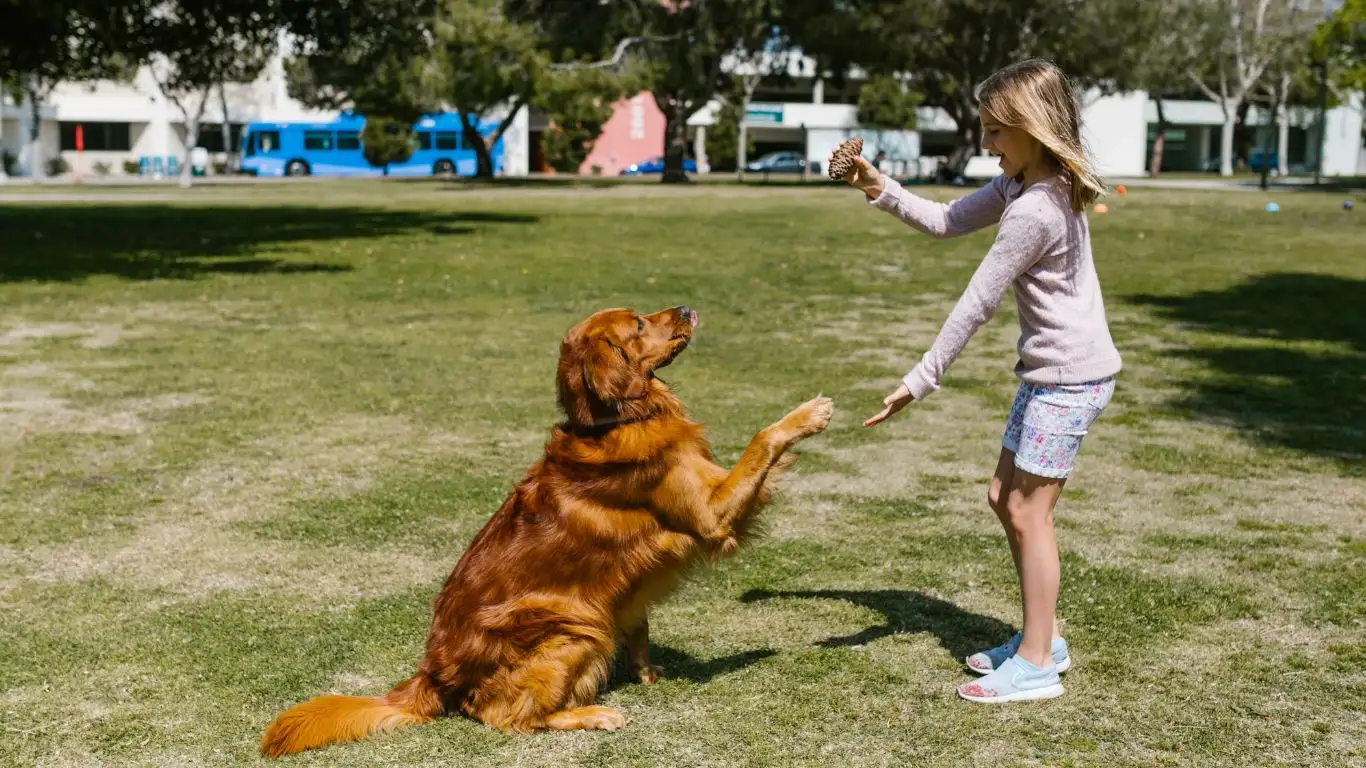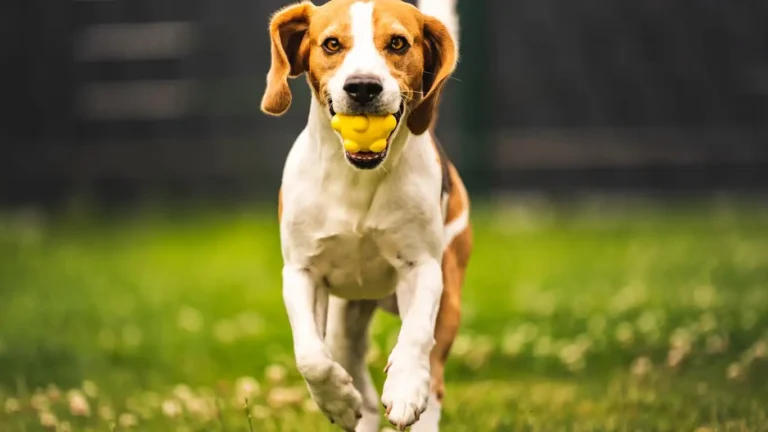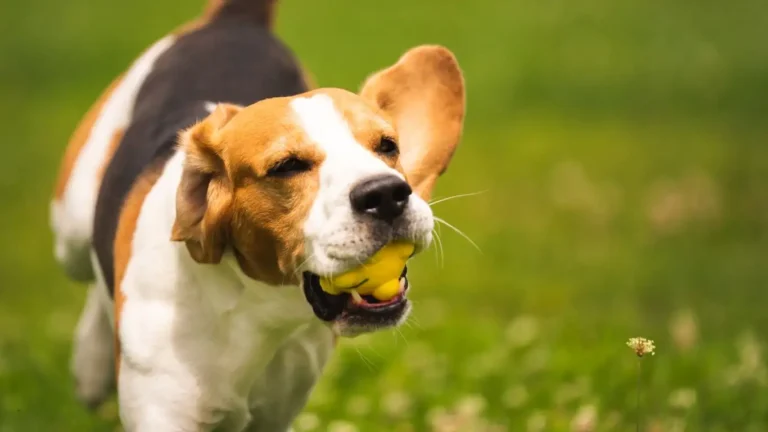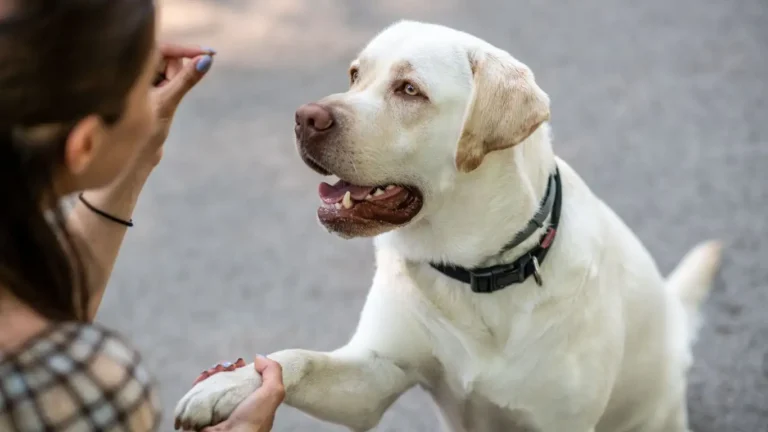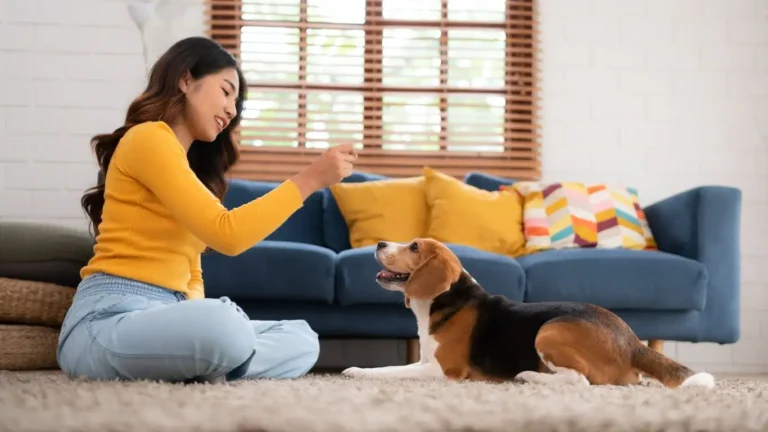Stop Obsessive Dog Digging Fast: Proven Tips That Actually Work
If you’ve ever stepped outside and found your yard looking more like a lunar landscape, you’re not alone. One of the most common frustrations I hear from dog parents (and have dealt with personally as a Canine-Assisted Therapy Trainer) is figuring out how to train a dog to stop obsessively digging. Whether it’s the garden bed you just planted or the cool patch of dirt under the fence, some pups seem to think their paws were made for excavation duty. And listen—I get it. I’ve worked with dozens of dogs who went full archaeologist mode the second they hit the backyard. But here’s the thing: obsessive digging isn’t just annoying. It can signal boredom, anxiety, or even something more complex. So let’s dig into what’s really going on—pun totally intended.
Understanding the Root of the Digging Behavior
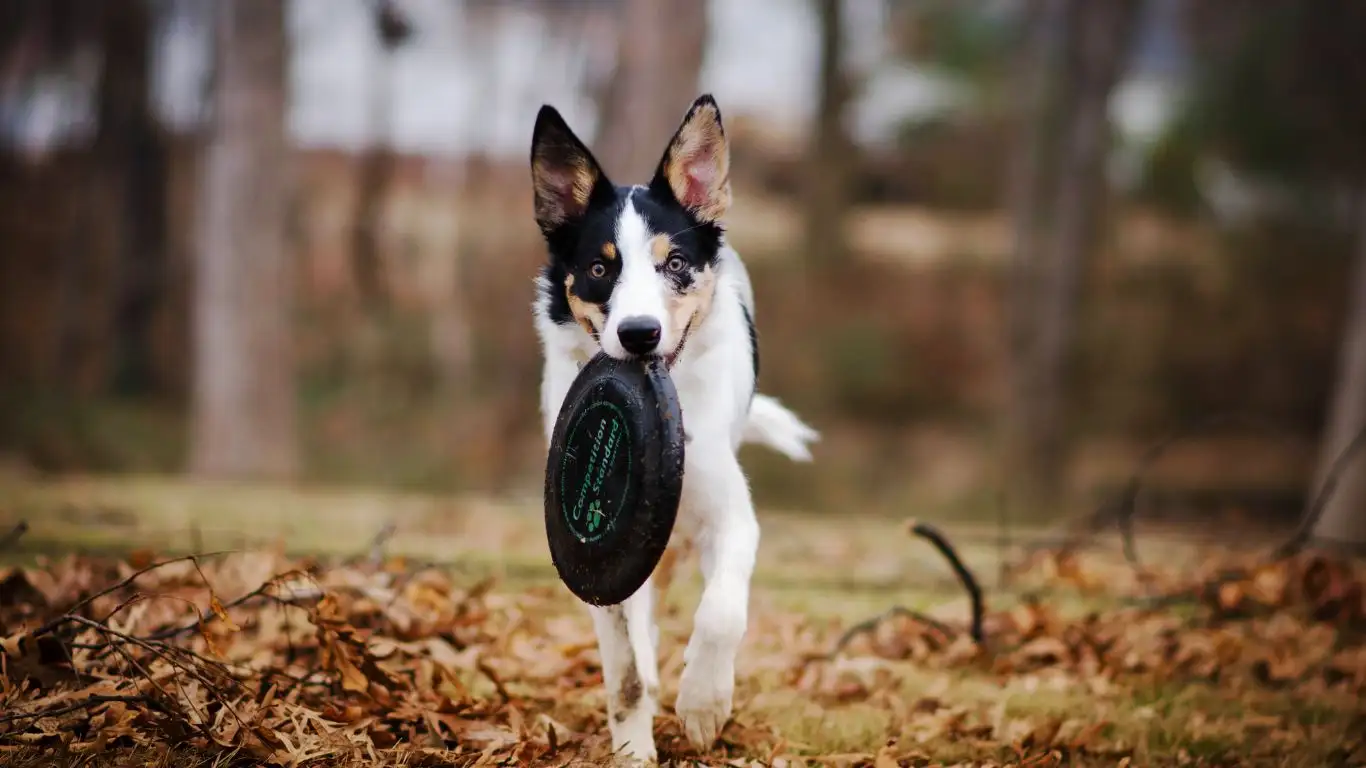
First things first, before you jump into training mode, it’s important to understand why your dog is digging in the first place. I always tell my clients—dogs aren’t being “bad” on purpose. There’s usually a very real reason behind that dirt-flinging frenzy.
Common Reasons Dogs Dig
- Boredom: They need stimulation. A bored dog will make its own fun, and digging is an easy, self-rewarding activity.
- Temperature Control: Some dogs dig to create a cool place to lie down when it’s hot outside.
- Instinct: Certain breeds, especially terriers, are hardwired to dig. It’s in their DNA.
- Anxiety or Separation Issues: Digging can be a coping mechanism for stress or nervous energy.
- Trying to Escape: Dogs might dig along the fence line to explore beyond the yard (or meet the neighbor’s dog).
With my therapy dogs, I’ve seen a little bit of all of these. One pup, Bailey, would dig craters in her foster home’s flower beds until we realized she was trying to escape to find her previous owner. That kind of emotional motivation changes the training approach entirely.
Breed Matters: Know Who You’re Dealing With
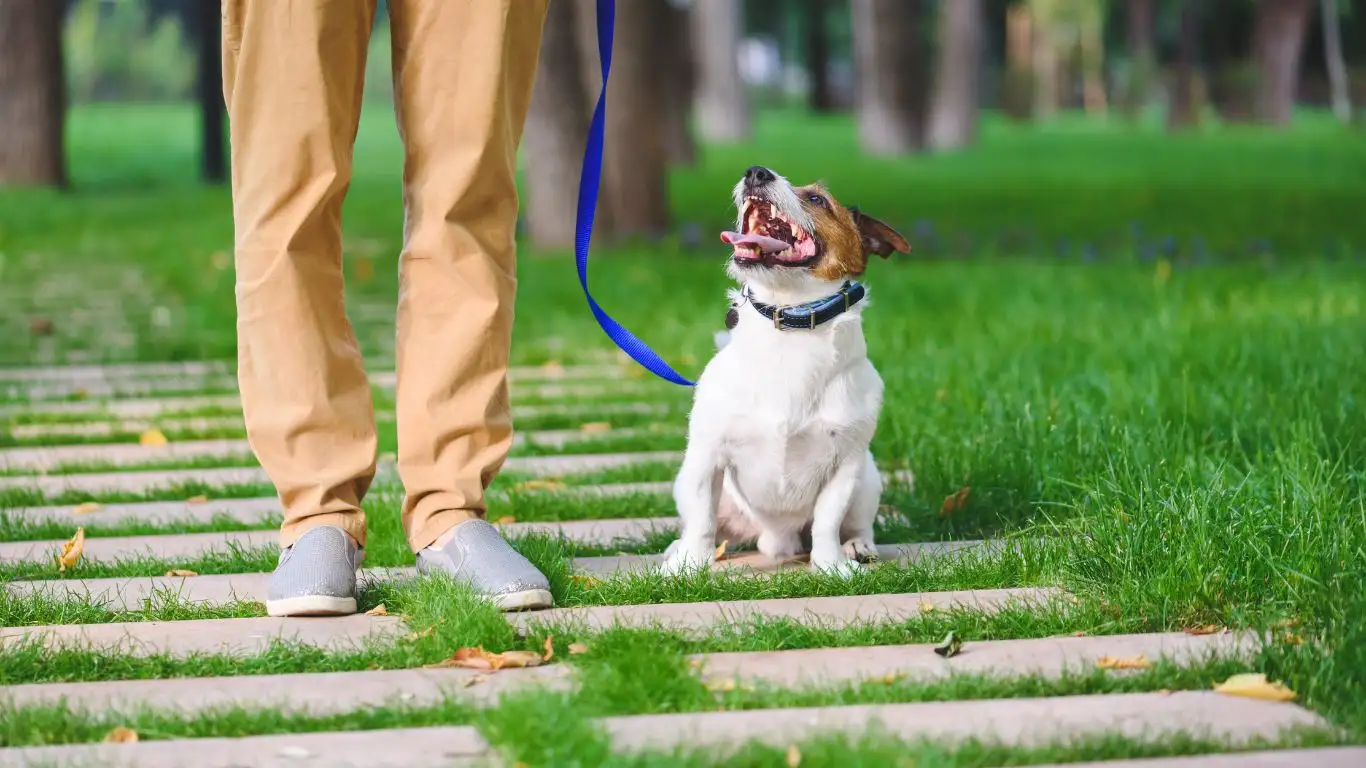
I can’t stress this enough—breed tendencies play a huge role in digging behavior. If you’ve got a terrier, husky, or dachshund, you’re working against generations of instinct. These dogs were bred for hunting or tunneling, so it’s not just a quirky habit—it’s a job they think they were hired to do!
High-Digging Breeds to Watch Out For
- Terriers (Jack Russells, Cairn, etc.)
- Huskies and Malamutes
- Dachshunds
- Beagles
- German Shepherds (if bored or under-stimulated)
When I trained a sweet, stubborn husky named Nova, no amount of “leave it” or redirecting was going to work until we created an outlet that honored her instincts. We ended up creating a digging pit, which I’ll get into a bit later.
How to Train a Dog to Stop Obsessively Digging: Step-by-Step Approach

Now for the meat of it. If your pup has turned your yard into Swiss cheese, here’s the practical stuff. No gimmicks—just what’s worked for me and dozens of other dog owners I’ve coached.
Step 1: Rule Out Medical or Emotional Triggers
If the digging is sudden or obsessive, talk to your vet. I once worked with a lab mix who started digging holes obsessively—and fast. Turns out, she had a skin allergy and was trying to find cooler ground to ease her discomfort. Anxiety can show up the same way, especially in rescue dogs who’ve experienced trauma.
Step 2: Increase Physical and Mental Exercise
Digging is a high-energy behavior. If your dog doesn’t have an outlet, that energy will go somewhere—like underground. Here are some of my favorite ways to channel that energy:
- Scent Work Games: Hide treats in puzzle toys or the yard. Let them sniff and “hunt.”
- Structured Walks: Add variety—let them explore different areas. Change pace, give jobs like carrying a backpack.
- Training Sessions: A quick 10-15 minutes of obedience work can drain mental energy faster than a walk.
One of my client dogs, a rescue named Max, reduced his digging by 90% once we added two structured scent games per day and regular nose-work classes.
Step 3: Supervised Yard Time
This one’s not glamorous, but it works. If your dog only digs when you’re not watching, it’s time for some supervised outdoor play. Use a long lead, interact, and reward calm behaviors. You’re not just stopping bad habits—you’re teaching what you do want instead.
In the next section, we’ll talk about redirecting digging behavior and creating a “legal” digging zone—yes, you heard that right. Stay tuned, and trust me, your yard can survive this.
Redirecting the Digging Instinct the Right Way
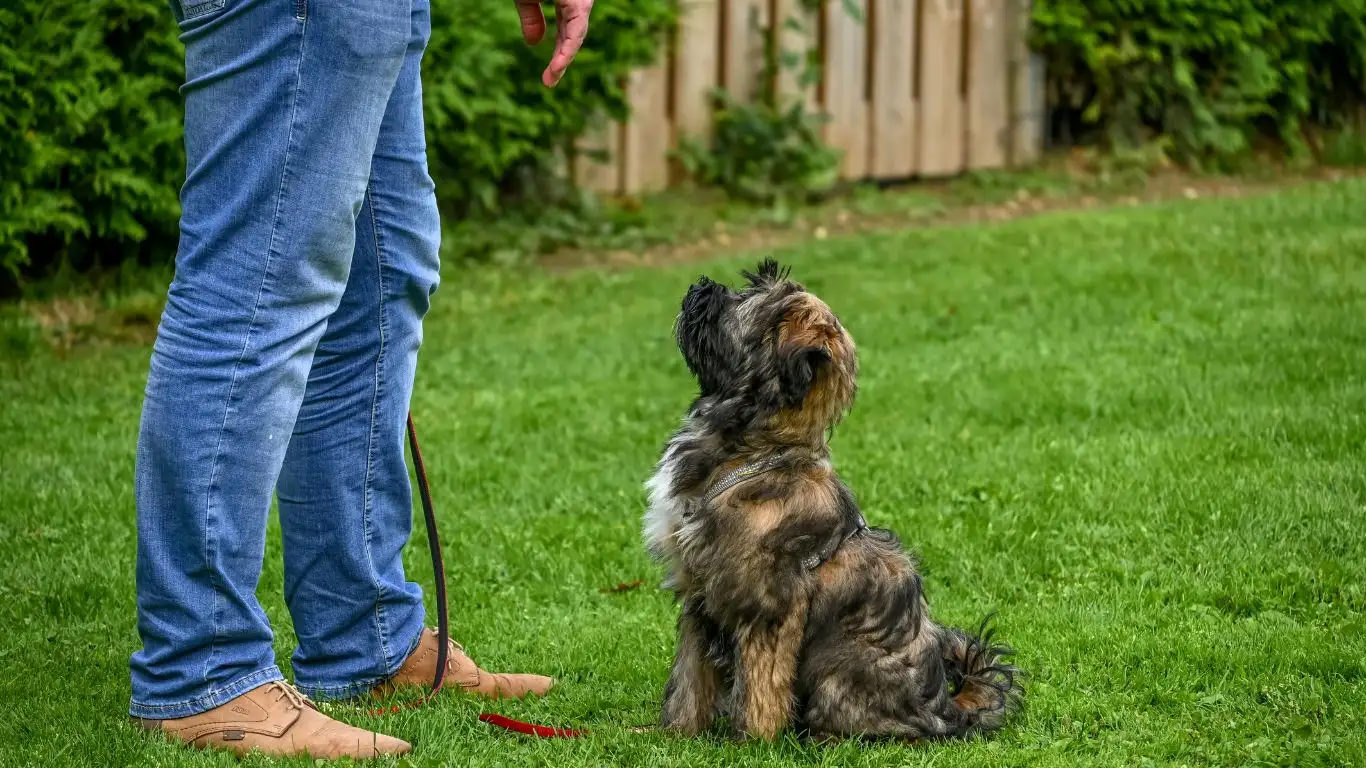
So here’s where things get really practical. When people ask me how to train a dog to stop obsessively digging, I always say: sometimes the answer isn’t “stop”—it’s redirect. Some dogs need an outlet. Trying to shut that down completely without offering an alternative usually backfires. That’s where the “legal dig zone” concept comes in. Yep, you can actually *teach* your dog where it’s okay to dig—without sacrificing your garden beds.
Creating a Designated Digging Area
This trick has saved more than one client’s lawn. The idea is simple: you create a designated space where your dog is *allowed* to dig. Like a sandbox, but for furballs with paws instead of shovels.
- Choose a Spot: Pick a quiet corner of the yard that’s shaded and easy to monitor. Bonus points if it’s a spot your dog already gravitates to.
- Fill It Right: Use sand or loose soil that’s safe and comfortable. Avoid anything treated with chemicals.
- Hide Treasures: Bury a few toys, treats, or chews just under the surface to encourage your dog to use the area.
- Reward Like Crazy: The first few times your dog digs in the right spot, celebrate like it’s the Super Bowl. Seriously—treats, praise, happy voice—the whole deal.
I had a lab mix named Toby in one of my classes who was *obsessed* with unearthing sprinkler heads (don’t ask how many). We set up a digging box, started hiding frozen carrots and rubber toys in there, and by week two, he was skipping the sprinkler zones altogether. Success!
Block Access to the Wrong Spots
Sometimes redirection alone isn’t enough. If your dog keeps going back to the same flower bed or under the deck, it’s time for some gentle sabotage. I’ve used these hacks more times than I can count:
- Chicken wire just under the surface: Dogs hate the texture under their paws.
- Citrus peels or vinegar spray: Many dogs are turned off by strong smells (just be sure it’s safe for your plants).
- Landscaping rocks: Covering the area with flat stones can discourage digging without ruining your design.
And if you’re dealing with a particularly determined pup, temporary fencing around no-dig zones can buy you some time while training the new behavior. I always say it’s better to prevent a mistake than to correct one after it happens.
Managing Digging When You’re Not Home
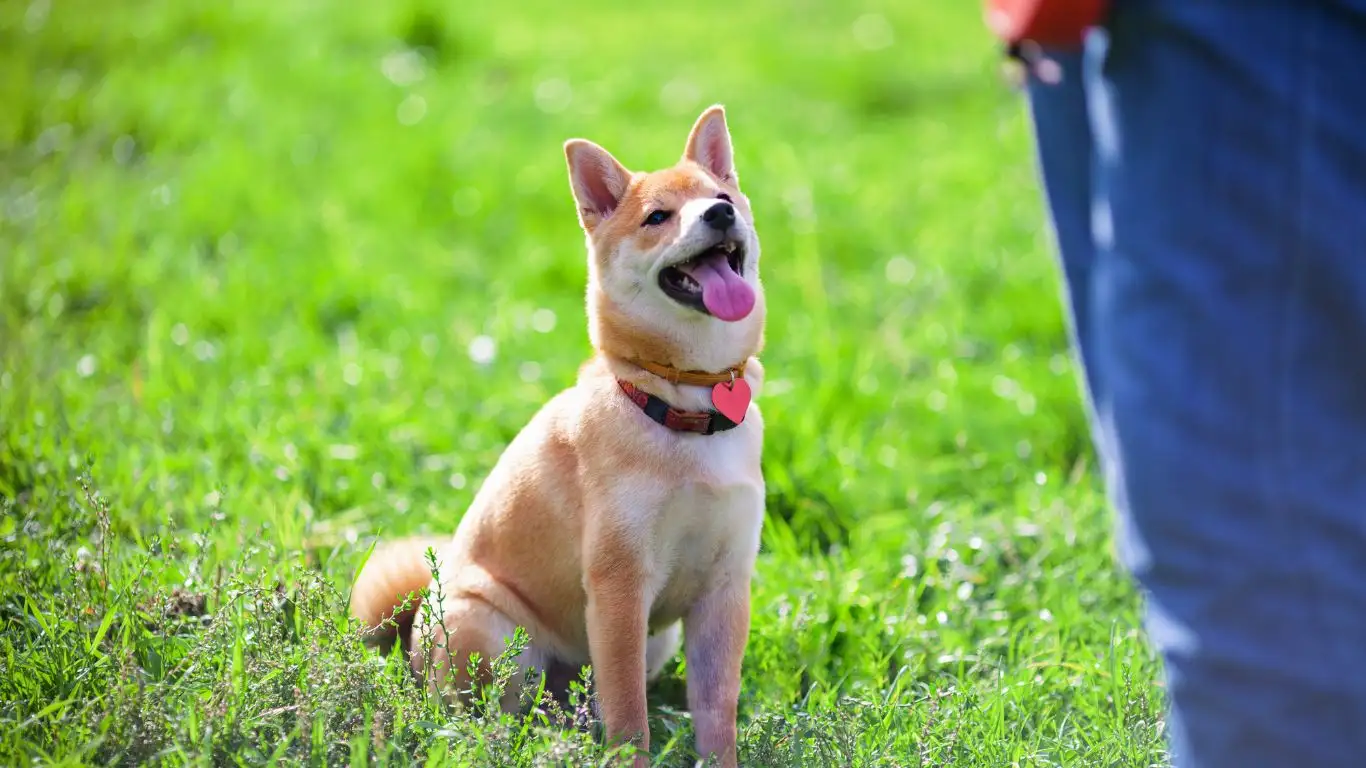
Alright, let’s talk about what to do when you’re not there to supervise. This is often when the digging really ramps up—because boredom loves an empty backyard. I’ve had plenty of therapy dog clients whose owners swore their pup was an angel—until they checked the yard after work.
Enrichment, Not Just Toys
Don’t get me wrong, toys are great—but you’ve gotta think beyond squeaky plushies. Dogs need engagement. Here’s what I recommend when clients have to leave their dogs alone for stretches of time:
- Frozen Kong Stuffers: Fill ‘em with peanut butter, yogurt, and kibble. Freeze it so it lasts longer.
- Snuffle Mats: Let your pup hunt for food using their nose (seriously tires them out).
- Audio Comfort: Try leaving on calming music or even a dog-specific podcast. Some dogs respond well to familiar voices or low-level noise.
- Rotating Toys: Don’t leave all toys out at once. Rotate them weekly to keep things fresh and novel.
One client of mine even set up a backyard “scavenger hunt” before leaving for work—she’d toss kibble around the yard (outside the dig zones!) so her dog spent 30+ minutes sniffing around instead of tunneling escape routes. Brilliant, right?
Consider Doggy Daycare or a Midday Walker
This might not work for everyone, but if your dog is social and high-energy, part-time doggy daycare or hiring a dog walker can be a game-changer. Physical and social stimulation throughout the day can drastically reduce that anxious, diggy energy that builds up by the time you get home.
And just a quick note—don’t feel guilty if you can’t swing daycare or walkers daily. Even once or twice a week can make a difference. I always tell dog parents: it’s about progress, not perfection.
Using Positive Reinforcement Effectively
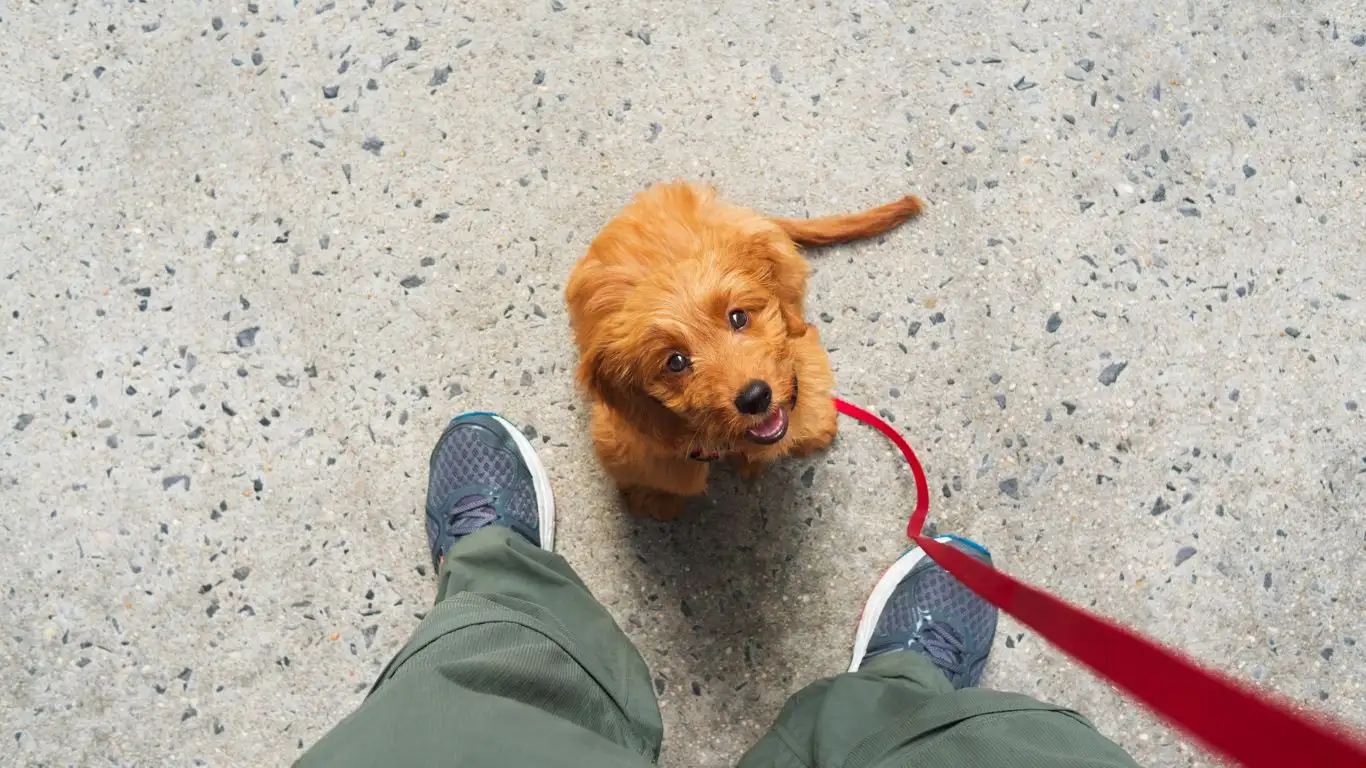
Let’s wrap this part with a little training theory—don’t worry, I’m not going all textbook on you. The key to how to train a dog to stop obsessively digging isn’t just redirection—it’s making the right choices more rewarding than the wrong ones. This is where positive reinforcement shines.
Timing Is Everything
When your dog chooses the dig box over the garden? Reward immediately. That window of just a few seconds is golden. Same goes for when they sniff around but don’t dig—catch that and mark it with praise or a treat.
Use a Marker Word or Clicker
Clicker training has worked wonders for my therapy dogs, but even just using a consistent marker word like “yes!” can build associations fast. The key is being consistent and excited—your dog should think it’s a mini party every time they make the right call.
Set Realistic Expectations
Listen, if your dog has been digging for months or even years, it’s not going to stop overnight. You’re reshaping a habit, and that takes time. I’ve had clients see big results in a week, and others who needed months of gentle consistency. Either way, the key is showing up for your dog—and giving them the tools to make better choices.
Next, we’ll dive into how to use structured routines, advanced training techniques, and a few “next level” hacks I use with my most stubborn diggers. And yes, it includes one surprising tool that works almost every time.
Structuring a Daily Routine That Discourages Digging
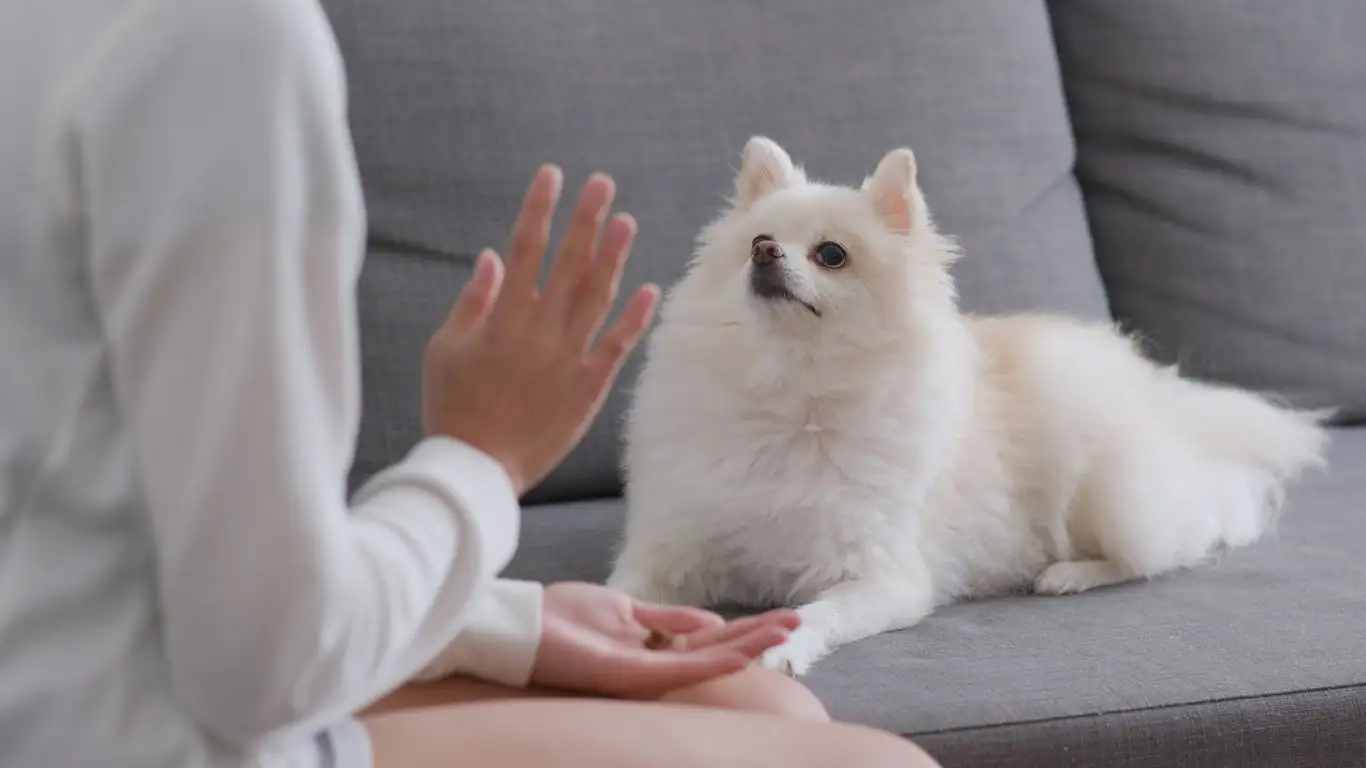
Alright, let’s dive into one of the most underrated tools in a dog trainer’s toolkit—routine. You wouldn’t believe how many digging issues I’ve helped solve just by building a better daily rhythm. Dogs, much like people, thrive on structure. When your pup knows what to expect and when, there’s less anxiety, less boredom, and you guessed it—less obsessive digging.
Sample Daily Routine to Reduce Digging
This is something I tweak based on breed, age, and energy level, but here’s a template I often give my clients:
- Morning: 30-45 min structured walk or fetch session, followed by breakfast with a food puzzle or slow feeder
- Midday: Short enrichment activity (snuffle mat, scent game, chew session)
- Afternoon: Supervised yard time or indoor training session (5-10 min of commands, focus, or impulse control)
- Evening: Another walk or backyard play session, followed by a wind-down activity like licking mats or a frozen Kong
When I followed a similar schedule with one of my rescue dogs, Willow—a high-energy cattle dog mix—the transformation was wild. She went from digging trenches by the AC unit to calmly sunbathing in the grass. It wasn’t magic, it was predictability.
Advanced Training Tools and Unexpected Solutions
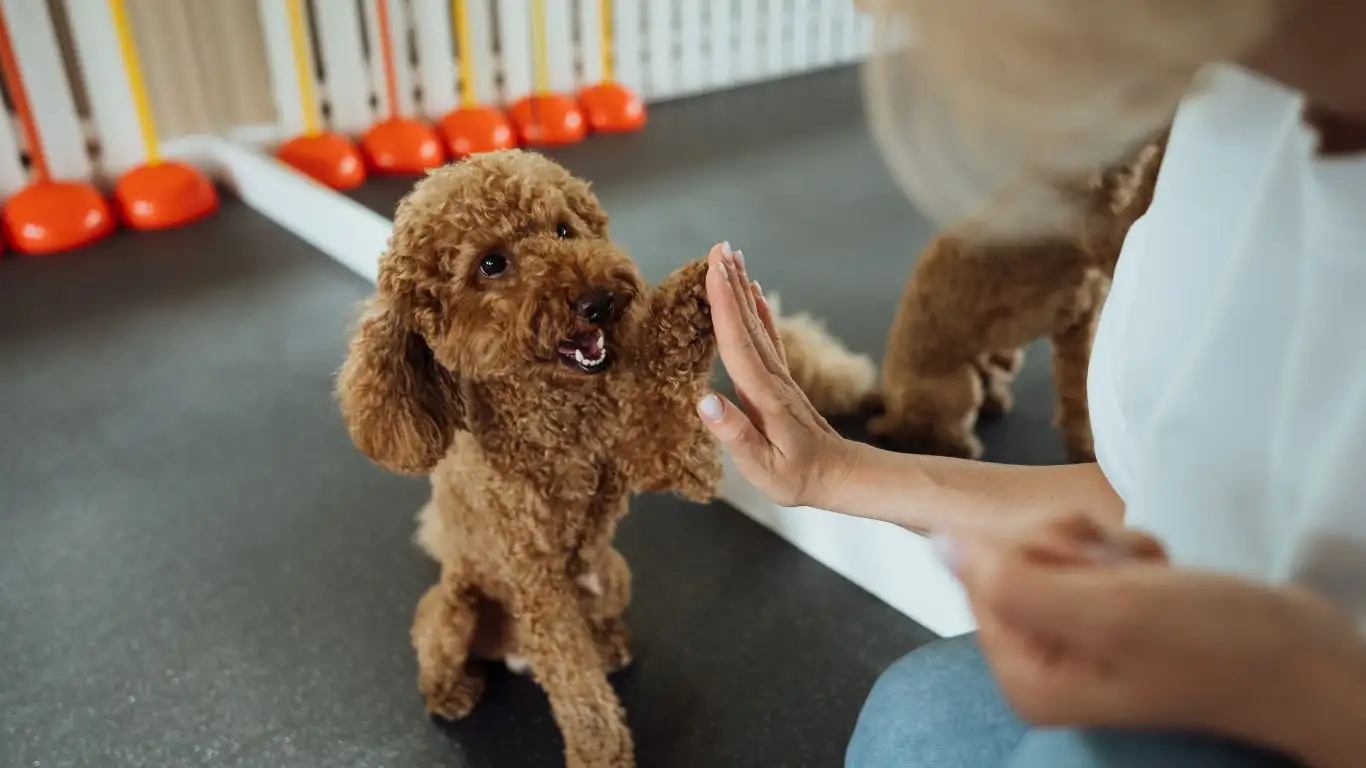
Now let’s talk about some next-level strategies for persistent diggers. Sometimes, the standard stuff just isn’t enough—especially if your pup is smart, stubborn, or both (I’ve worked with a few of those).
Try the “Interrupt and Redirect” Method
This is a technique I teach in private sessions. It’s all about catching the behavior early and flipping it into a positive learning moment.
- Interrupt: If you see your dog heading toward a forbidden dig spot, calmly interrupt with a cue like “uh uh” or “leave it.” No yelling—just clear, calm communication.
- Redirect: Guide them to their digging zone or offer an alternative activity like a toy or training exercise.
- Reward: The second they engage with the right thing, mark and treat!
This method helps them learn that “digging here = no go, digging there or playing calmly = good things happen.” You’re not punishing—you’re redirecting the instinct.
The Surprise Tool That Often Works: A Kiddie Pool
Yep, you read that right. A kiddie pool filled with balls or water (depending on your dog’s preference) can be a game-changer. Many dogs dig out of boredom or heat discomfort. A shaded pool gives them a fun, cooling, sensory-rich experience that hits those same “satisfaction buttons” digging does.
One German Shepherd client of mine had destroyed three lawn chairs and half a garden. We introduced a ball-filled kiddie pool with hidden treats at the bottom—and his backyard destruction days were over. He was obsessed, in the best way.
Collaboration with a Vet or Behaviorist
If you’ve tried everything and the digging still feels extreme, it’s time to bring in a pro. Excessive digging can sometimes be tied to anxiety, compulsion, or other behavioral health concerns. Vets and certified behaviorists can offer insight that goes beyond training alone.
I’ve collaborated with behaviorists on multiple cases where digging was a symptom, not the problem itself. In those situations, a blend of environmental changes, enrichment, and sometimes medication made all the difference. Don’t hesitate to ask for help—there’s no shame in it.
Consistency Is Everything (Even When Progress Is Slow)
Here’s where I get real with you. Some dogs respond to redirection and structure like champs. Others? Not so much. You might go weeks without seeing a major shift, then suddenly it clicks. Or, you’ll think you’ve solved it, and then they find a new favorite digging corner (been there, done that).
What I want to stress is this: you’re not failing if it takes time. Progress isn’t always linear. Dogs are individuals with moods, quirks, and instincts. Stay consistent. Keep reinforcing what you want. And don’t underestimate the power of celebrating the small wins—like one day with no holes, or your pup choosing the sandbox instead of the flowerbed.
Final Thoughts from a Trainer Who’s Been There
I’ve worked with so many families desperate to learn how to train a dog to stop obsessively digging, and here’s what I’ve found—it’s rarely about just “stopping” the behavior. It’s about listening, redirecting, and helping your dog feel heard and fulfilled. When dogs feel seen, supported, and given purpose, a lot of these “problem behaviors” naturally fade away.
So keep showing up. Try the strategies. Adjust as you go. Your dog doesn’t want to destroy your yard—they just want to have their needs met in a way that works for both of you. And once you find that rhythm? Life gets a whole lot easier (and your yard looks way better too).
References
Disclaimer
This article is for informational purposes only and is not intended as a substitute for professional veterinary or behavioral advice. Always consult with a qualified trainer, veterinarian, or animal behaviorist when addressing complex behavior issues in dogs.
